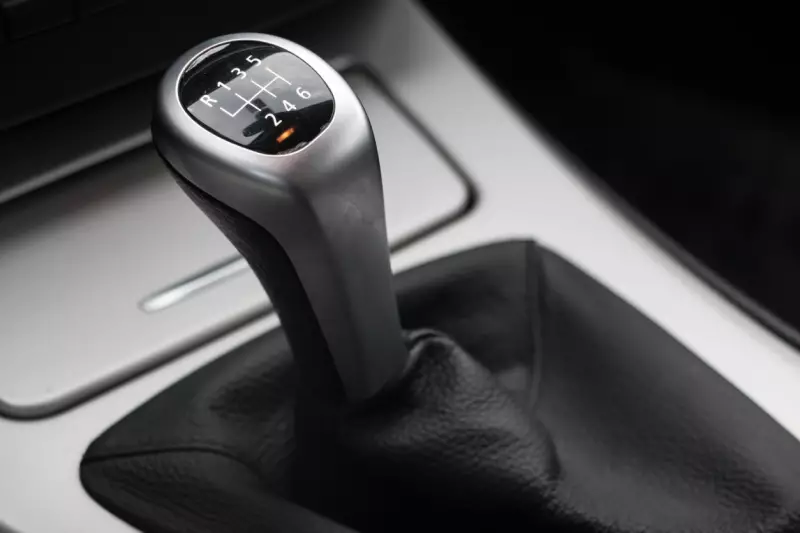
Manual transmission cars have been around for decades and are a popular choice for many car owners. However, if you’re new to the world of manual transmissions, learning how to drive one can be intimidating. So today we’ll provide a step-by-step guide on how to drive a manual car - from understanding the basics of driving to explaining the advantages of owning a manual car. So, if you’re ready to hit the road, let’s get started!
Driving Manual Cars
For those who have never driven a manual car, the prospect can be daunting. But there’s no need to worry! This guide will teach you everything you need to know about driving a manual car.
We’ll start with the basics: what is a manual car, how is it different from an automatic car, and is it hard to drive a manual? We’ll then move on to how to start and stop a manual car, how to change gears, and how to use the clutch. By the end of this guide, you’ll almost be an expert at driving a manual car!
Steps to Driving a Manual Car
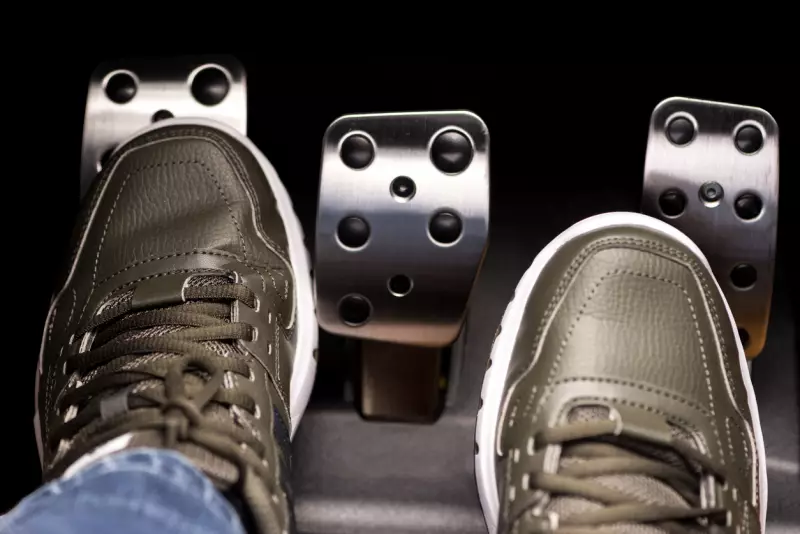
To drive a stick shift, first depress the clutch with your left foot while keeping the gear shifter in neutral. Check that the parking or emergency brake is not activated.
Next, using your right foot, hit the brake and move into first gear. Remove your right foot and slightly release clutch pressure with your left foot while lightly pressing the accelerator with your right.
As you let off the clutch, gently accelerate with your right foot until you feel ready to shift into second gear. Remove pressure from the accelerator while applying pressure to the clutch with your left foot; then change into second gear and gently return pressure to the accelerator with your right foot.
Repeat this procedure for each higher gear!
Benefits of Owning a Manual Car
There are many benefits to owning a manual car. For one, they are typically more affordable than their automatic counterparts. Additionally, manual cars often get better gas mileage than automatics, saving you money over time. Finally, many people find that manual cars are more fun and engaging to drive than automatics.
Understanding the Basics of a Manual Car
Driving a manual transmission may initially seem intimidating, but once you understand the basics, it can be great fun! Here are a few things to keep in mind when learning how to drive a manual:
- The clutch connects the engine to the wheels and allows you to change gears. You will need to press down on the pedal with your left foot while holding the gear shift in your right hand.
- To start the car, ensure that the car is in neutral (the center position) and depress the clutch all the way, then turn the key in the ignition. Once the engine is running, slowly release the clutch until you feel it engage. This is called the biting point.
- To move off from a stopped position, depress the clutch all the way, select first gear, then slowly release the clutch until you reach the biting point again. As you do this, apply pressure to the accelerator with your right foot.
- Once you’re moving, changing gears is easy! Simply depress the clutch all the way, move the gear shift into place, and release the clutch slowly until you reach the biting point again. Remember to use gentle pressure on the accelerator as you do this.
- When slowing down or coming to a stop, depress the clutch before selecting neutral (the middle position on most gear shifts). Then gently apply pressure to both brakes until you come to a complete stop. Finally, selecting first gear will help prevent your car from rolling backward when stopped on an incline.
With a little practice, manual transmission driving can become second nature. Just remember to keep your feet and hands moving together and take things slowly until you get used to the feel of the clutch and gears. Good luck!
Techniques for Learning How to Drive Manual Transmission
There are a few things you need to know before you can start driving a manual car. The first is how to start the car. To do this, you will need to press the clutch pedal all the way down while in neutral, then turn the key in the ignition while keeping the clutch depressed. It is important to note that anytime the vehicle is running, unless it is in gear and in motion, the clutch must be depressed or in use to prevent the car from stalling.
The next thing you need to know is how to change gears. To do this, you must press the clutch pedal down and use the shifter to move into the desired gear. Then, you can release the clutch pedal slowly and continue driving. You have to learn how to feather the clutch to ease up on it while depressing the gas pedal. It will take some time to get used to, but this balancing act gets easier with time and becomes second nature before long.
Finally, you need to know how to stop the car. To do this, you must press the clutch pedal down and shift into neutral. Then, turn off the engine by turning the key in the ignition. Once the engine is off, you can release the clutch pedal and apply the parking brake.
Precautionary Steps When Learning How to Drive a Manual Car
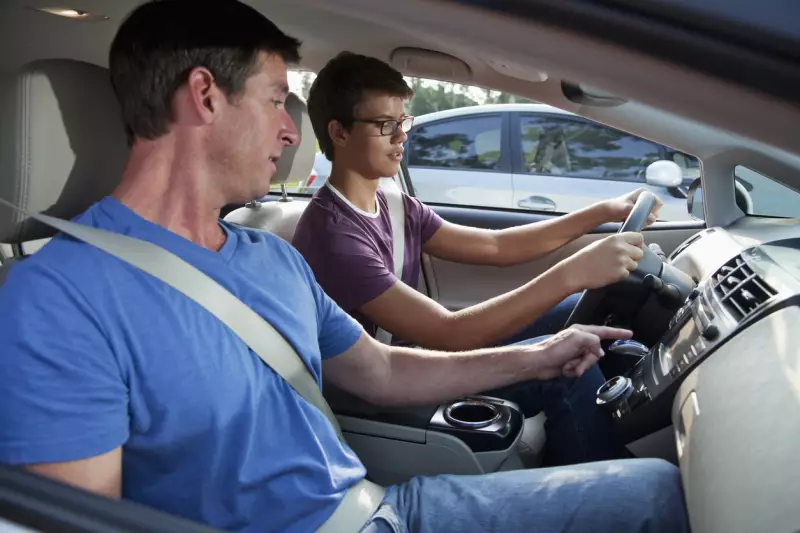
Whenever you want to learn something new with a hint of adventure and danger, it is always best to take a few extra precautions to be safe. So here are some basic steps you can take to safely learn to drive a manual transmission car and have fun while doing so!
- Have someone experienced teach you. If you do not have anyone experienced to show you how to drive a manual car, plenty of instructional videos and websites can help walk you through the process step-by-step.
- Get comfortable with the car before driving. Make sure you know where all the controls are located and become familiar with how the car operates. This will help reduce your anxiety when it comes time to actually start driving.
- Find an empty parking lot or quiet street to practice in. You don’t want to be learning how to drive a manual car in heavy traffic! Find a place where you can take your time and focus on getting the hang of things without having to worry about other cars around you.
- Start slowly and make sure you’re confident with each step before moving on. Don’t try to rush things - this is something that takes time and patience to learn properly. If at any point you feel overwhelmed or like you’re not ready for the next step, just take a break and come back to it later.
Tips on How to Drive Safely in a Manual Car
There are a few things to remember when driving a manual car to ensure you do it safely:
- Always use your right foot to operate the gas and the brake. This will help you avoid accidentally pressing the gas instead of the brake.
- When starting from a stop, slowly release the clutch until you feel the car engage, then give it gas. Don’t rev the engine before engaging the clutch, as this can cause damage.
- Upshifting and downshifting should be done smoothly to avoid jerking the car and damaging the transmission.
Troubleshooting Common Problems When Operating a Manual Car
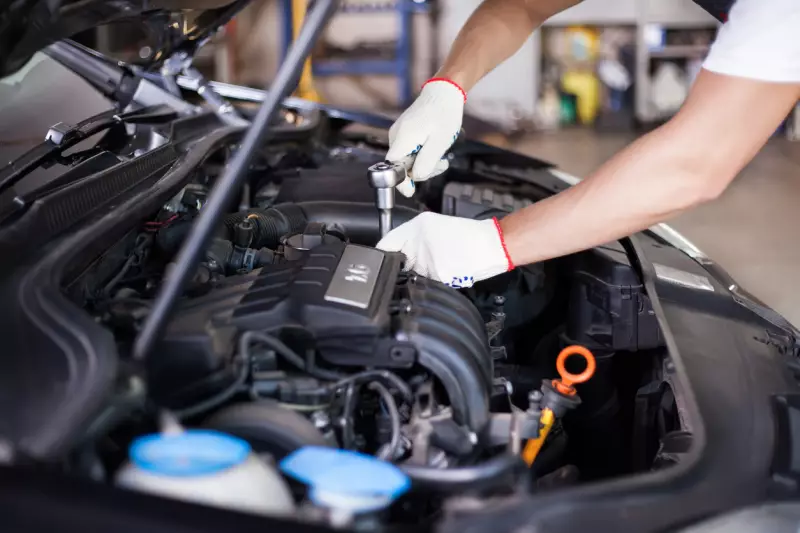
If you’re having trouble operating a manual car, there are a few common problems that you can check for. First, ensure that the clutch is fully disengaged before starting the car. If the clutch isn’t disengaged, the engine won’t start. Also, be sure to press down on the clutch pedal when shifting gears. If you don’t do this, the gears will grind and may damage the transmission. Finally, make sure to release the clutch slowly when accelerating. If you release it too quickly, the engine will stall.
Ready To Get Your Motor Running?
So, is driving manual hard? Not necessarily! Driving a manual car may seem intimidating at first, but by following the simple steps outlined in this GoodCar guide, you can master the manual transmission. It is important to practice and be patient when learning how to drive a manual car, as it will take time before you are comfortable with all aspects of it. With some dedication and persistence, you’ll have no problem maneuvering your way around town in your vehicle. Good luck!






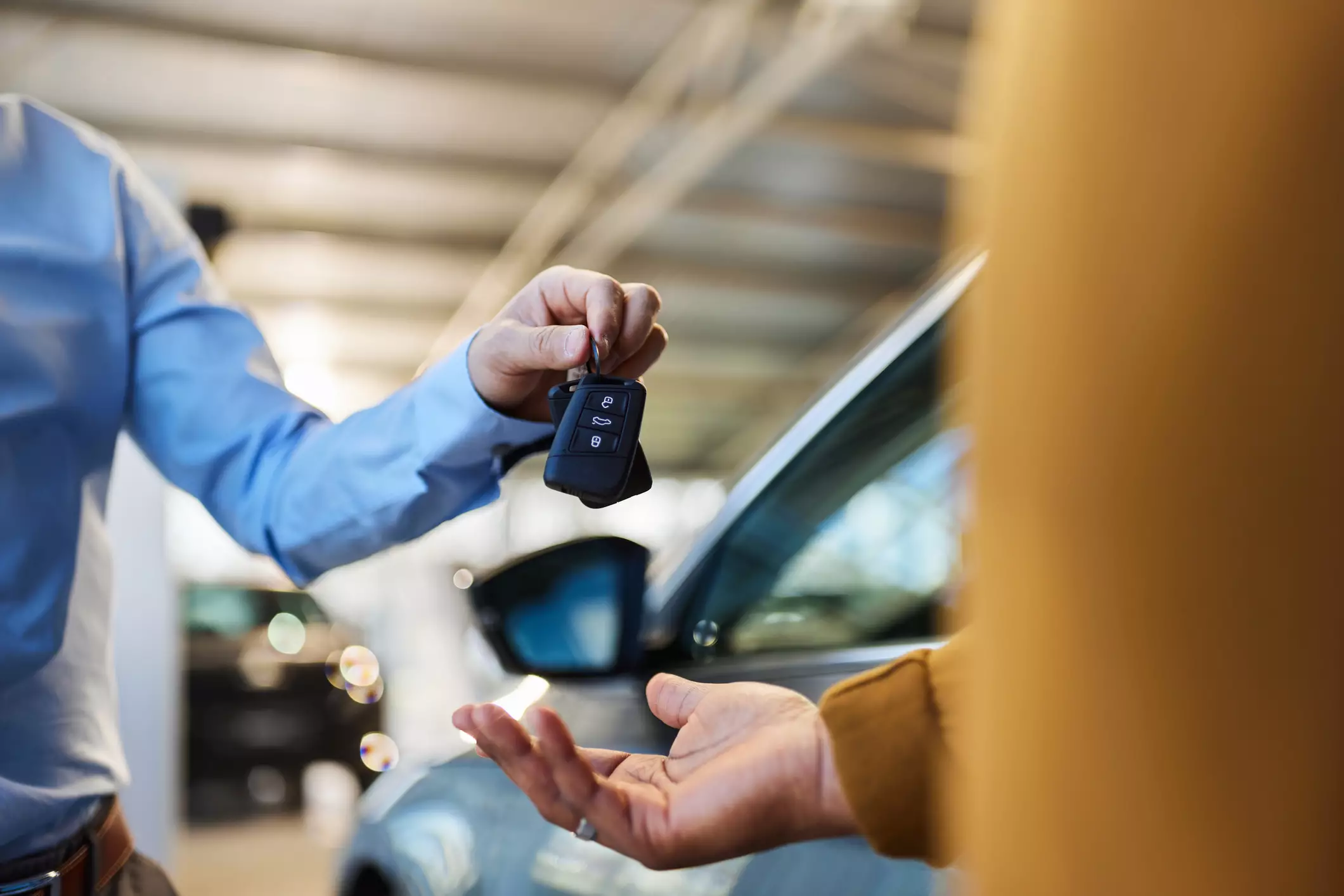

![Best Sites to Check a Car’s History [2025 Review]](https://media.infopay.net/thumbnails/K8lMeG2QLjE46LPqZlmoi6SunKKdT5qvlaRZk6e1.webp)








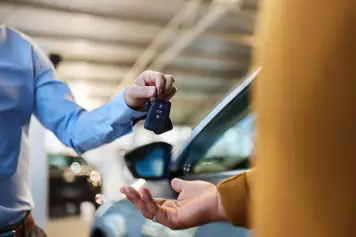

![Best Sites to Check a Car’s History [2025 Review]](https://media.infopay.net/thumbnails/K8lMeG2QLjE46LPqZlmoi6SunKKdT5qvlaRZk6e1-w356.webp)
